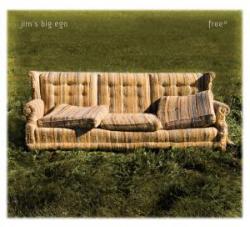testing the new newsletter with random content from wikipedia
 Riot control refers to the measures used by police, military, or other forces to control, disperse, and arrest civilians that are involved in a riot, demonstration, or protest. Law enforcement officers or soldiers have long used less-lethal weapons such as batons and whips to disperse crowds.
Riot control refers to the measures used by police, military, or other forces to control, disperse, and arrest civilians that are involved in a riot, demonstration, or protest. Law enforcement officers or soldiers have long used less-lethal weapons such as batons and whips to disperse crowds.For the last several decades, riot control officers have also used tear gas, pepper spray, plastic bullets, and electric Tasers. In some cases, riot squads may also use water cannons, armoured vehicles, police dogs or mounted police on horses. Officers performing riot control typically wear protective equipment including: riot helmets, body armour, gas masks and riot shields.
Contents
For protection, officers performing riot control will often wear protective riotsquad helmets and carry riot shields. These are designed to protect the wearer from those dangers that come from direct melee and hurled objects. To provide even greater protection, the protective equipment often provides ballistic protection. If tear gas or other riot control agents are to be used, gas masks may also be worn.
One of many additional concerns is to prevent people in the crowd from snatching officers' sidearms, which may be stolen or even used against the police. In a very heavy crowd, the officer may not be able to see who is responsible for snatching a weapon, and may not not even notice that it has happened. For this reason, riot police may have holsters with positive locking mechanisms or other extra means of retention, if their agencies can afford such tools. However, this can be a trade-off that increases the amount of time needed to draw the sidearm in an emergency.
The initial choice of tactics determines the type of offensive equipment used. The base choice is between lethal (e.g. 12 gauge shotgun) and less-lethal weaponry (e.g. tear gas, pepper spray, plastic bullets, Tasers, batons, and other incapacitants). The decision is based on the perceived level of threat and the existing laws; in many countries it is illegal to use lethal force to control riots in all but the most extreme circumstances.
Special riot hand weapons include the wooden or rubber baton; the African sjambok, a heavy leather or plastic whip, and the Indian lathi, a 6 to 8-foot (2.4 m) long cane with a blunt metal tip. Vehicle-mounted water cannons may serve to augment personal weapons. Some water cannons let police add dye to mark rioters or tear gas to help disperse the crowds. [1].
In major unrest, police in armoured vehicles may be sent in following an initial subduing with firepower. Occasionally, police dogs or mounted police are deployed. At least in Western countries, it is less common to use police dogs in modern riot situations. This is because police dogs can become too vulnerable during riots, as crowds restrict the dogs' mobility and put them at risk of attack from more than one direction at the same time.